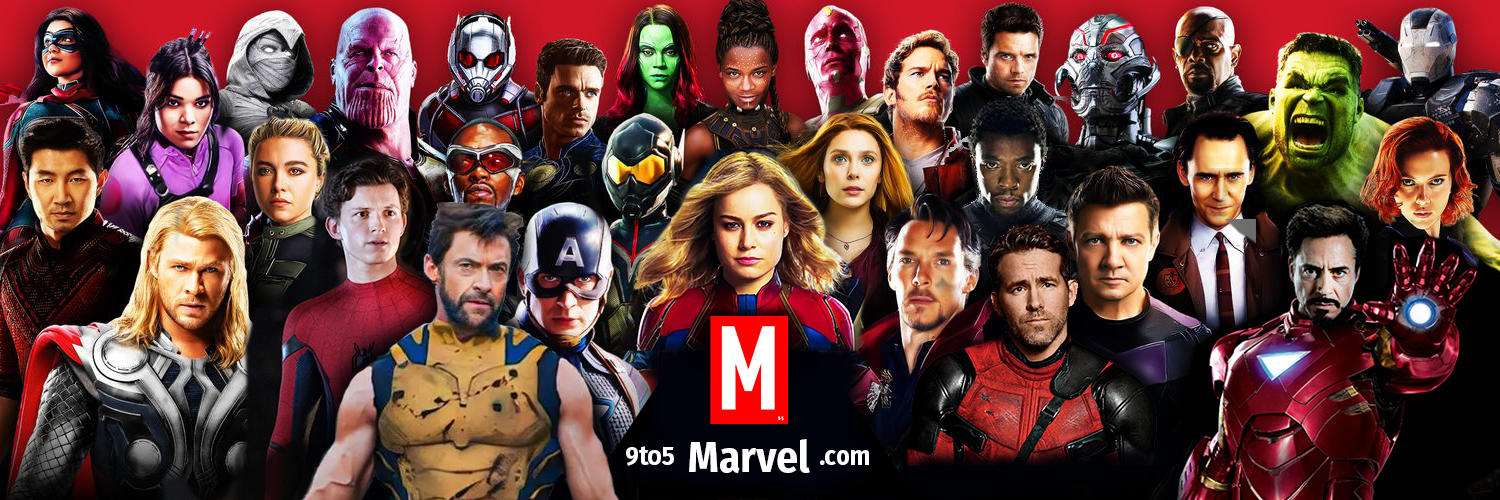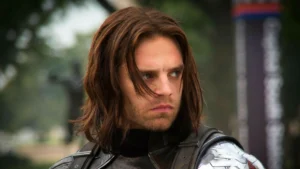Following a stated election agreement between The International Alliance of Theatrical Stage Employees (IATSE) and Disney/Marvel, the visual effects team at Marvel Studios will determine whether to unionise. Mark Patch, an IATSE organiser, voiced optimism for the process’ success in an interview despite the lack of a neutrality pact. At the time of writing, Marvel’s response to this news is still waiting. Notably, artists connected to other VFX companies are not included in this unionisation campaign because it only pertains to Marvel’s internal VFX employees.
“We are moving forward with our election, and we’re confident it will win,” Patch added. He said that an expedited election process had been agreed upon by Disney and IATSE. A significant step has been made towards the larger drive for unionisation within the VFX community with the announcement of an election date of August 21 and the deadline for ballot submissions of September 11. The outcome of the vote, which will be impartially monitored by a third party, is anticipated to decide whether or not the union will be certified. Marvel’s VFX team, which includes about 50 people, has already shown a significant interest in union involvement by signing permission cards in a supermajority. The precise union that these workers would join is yet unknown, though. The IATSE’s plan calls for the creation of a new national VFX local that will include VFX personnel from studios, projects, and outside VFX firms. Patch expressed his understanding that if this unionisation vote is successful, it may possibly lead to a broader wave of unionisation throughout the VFX business. “The majority of VFX workers should be able to find their home in this new union,” Patch stated. He further disclosed that the Basic Agreement contract, which is already in use by a number of entertainment professionals in 13 locals, including the International Cinematographers Guild and the Motion Picture Editors Guild, will govern the operations of this new local. The existing version of this agreement will expire in 2024, and talks to replace it are anticipated to start in March of 2019.
Evidently, the VFX sector first looked at the idea of unionisation back in 2012, following the bankruptcy of Rhythm & Hues, which happened after their outstanding work on the Oscar-winning movie Life of Pi. Recently, there has been a resurgence of the unionisation effort. As criticism of the special effects used in recent projects, such as Doctor Stranger in the Multiverse of Madness, Thor: Love and Thunder, Black Panther: Wakanda Forever, and Ant-Man and the Wasp: Quantumania, rose, the movement for unionisation gained traction. Following complaints from fans, a number of artists opened up about the unfavourable working circumstances associated with Marvel projects. These conditions include strict overtime requirements, ongoing understaffing, and the difficulty of producing high-quality work while meeting constantly shifting deadlines. Reports tying former Marvel Studios executive Victoria Alonso to the terrible working conditions experienced by Marvel’s VFX artists first appeared in March.
Other VFX firms and artists were informed of these circumstances, and they named Marvel as one of their most difficult clients. The ongoing Hollywood labour dispute is only a backdrop to a broader trend of unionisation efforts across diverse sectors in the United States, including well-known companies like Amazon and Starbucks. In this environment, organisations like the WGA and SAG-AFTRA continue to advocate for the rights of their members. Marvel’s VFX team is about to make a choice that might have a big influence on the VFX industry as the election on August 21 draws near. This development draws attention to the entertainment industry’s changing labour and unionisation environment and suggests impending developments.




